Affiliate links on Android Authority may earn us a commission. Learn more.
Does every flagship need a 'killer feature'? These examples suggest they might!
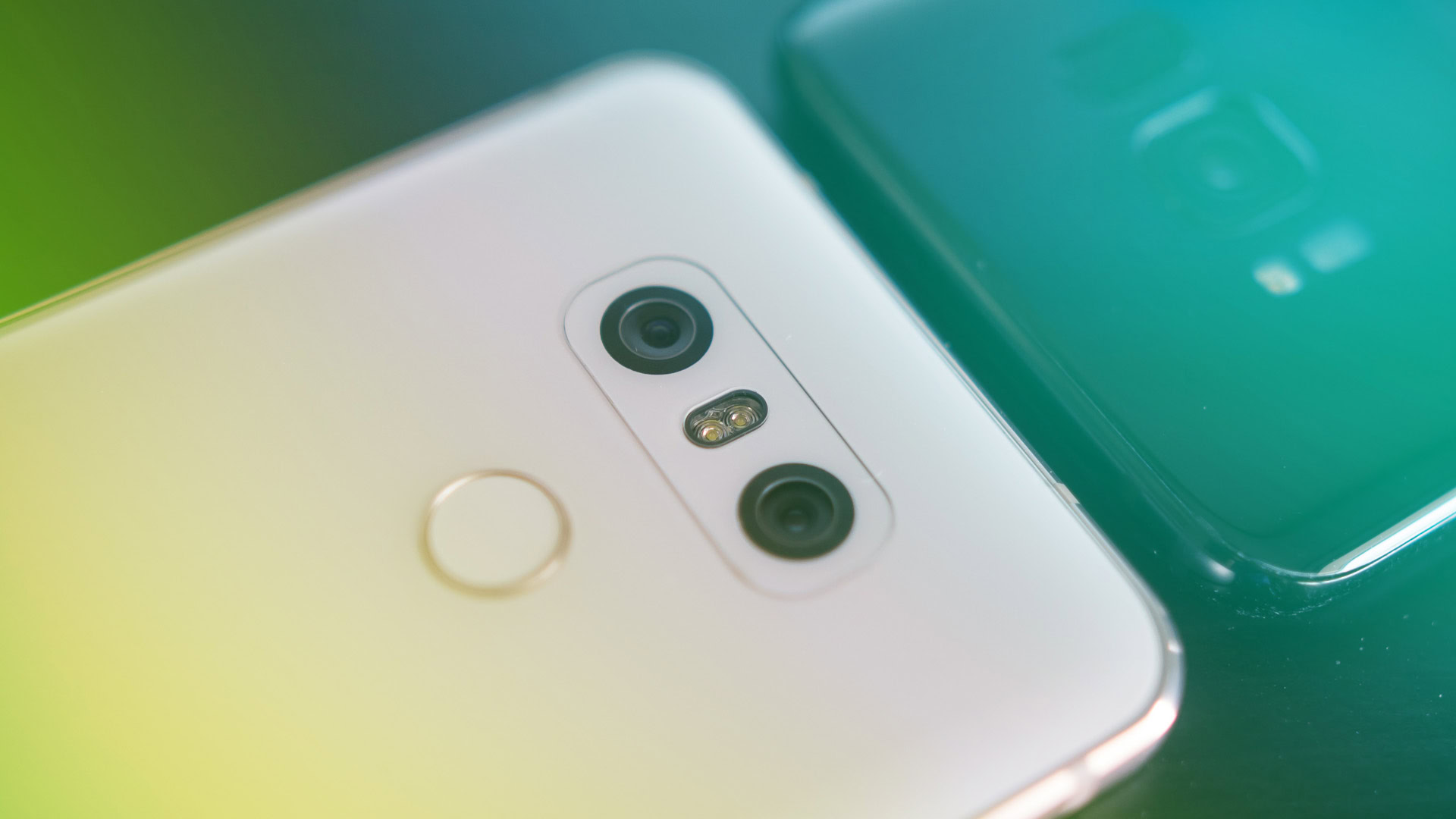
Hypothesis: it takes at least one killer feature to sell a smartphone.
I used to feel as though smartphones these days had become boring. They all look the same, they rarely push the envelope – you know the familiar gripes. But then I had the realization that actually, we’ve just become spoiled. Phones are now generally waterproof, they can practically all play fully 3D games, they have digital assistants, they power virtual reality headsets, and they can even replace our wallets. The problem is not that smartphones are boring, it’s that we’ve seen it all before. Next!
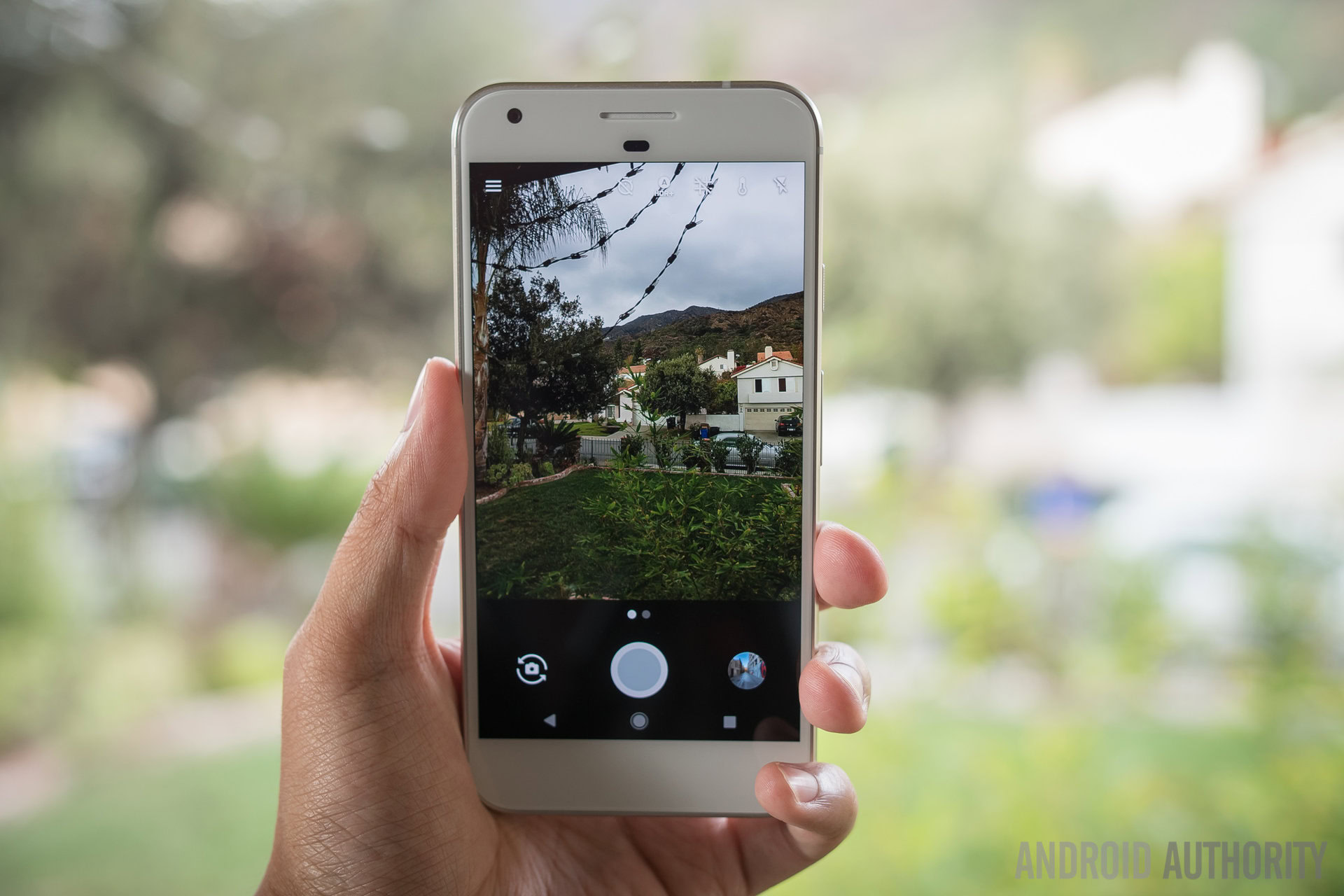
It’s harder than ever for a smartphone to stand out these days and that’s why many large manufacturers choose to go all-in on a particular feature or innovation. By investing lots of R&D to push the envelope in a specific area, a smartphone can still grab headlines and make a name for itself – even when the rest of its spec sheet reads like any other. This also has the effect of creating a clear audience and niche for that device, allowing it to carve out a place for itself in an overcrowded market.
It’s harder than ever for a smartphone to stand out these days
And the great thing is, that when these new features are really successful, they end up being adopted by the mainstream. In fact, that’s how we got such feature-packed phones in the first place!
In this post, we’ll be taking a look at some recent handsets that put a whole lot of stock in one feature. Devices that have one single feature that’s so impressive, it makes the case for the entire phone.
So, can one killer feature really sell a phone? I’d argue that it can and often does, for pretty much all the big flagship devices in fact. It’s not enough to just be a really solid phone all-round, you also need a ‘thing’. Take a look.
Samsung Galaxy S8: Screen
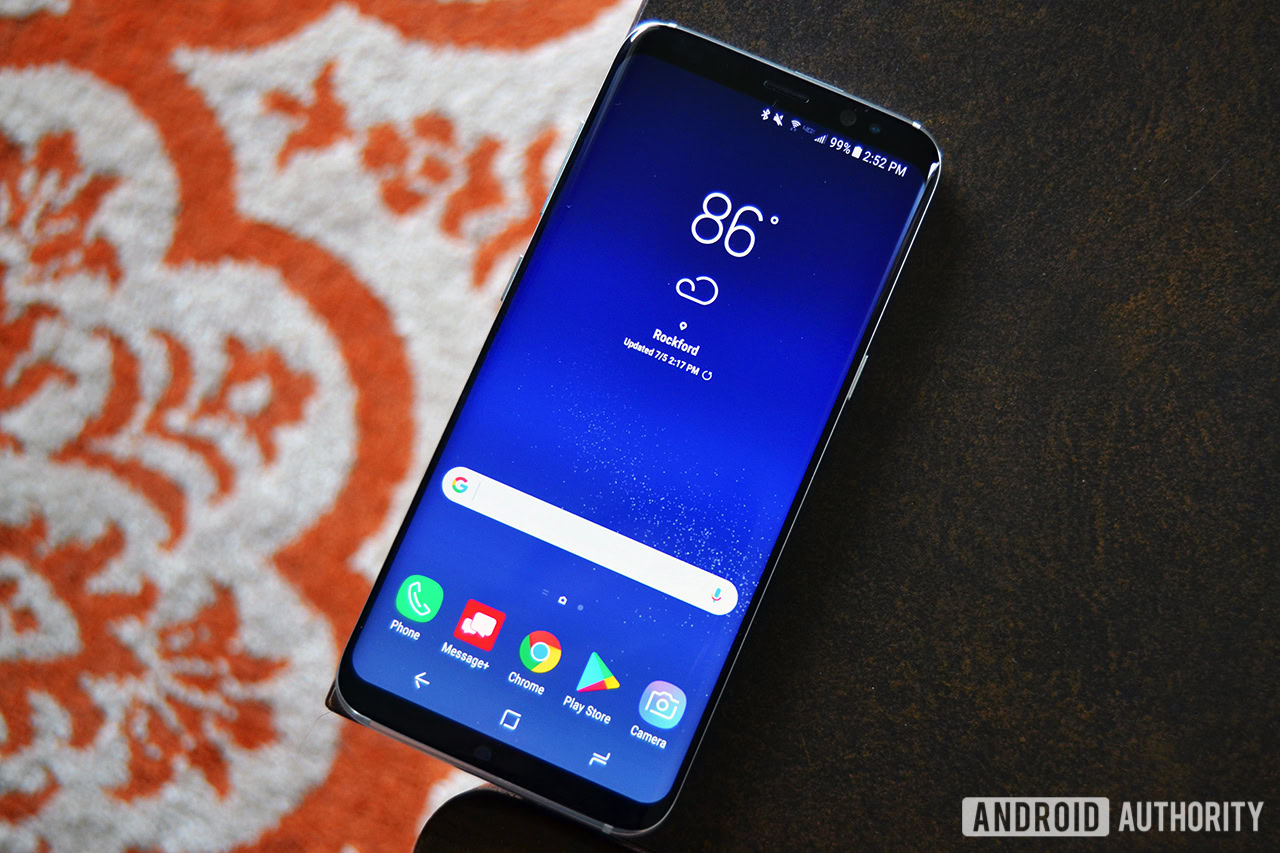
The Galaxy S8 is a fantastic phone with a lot going for it. It’s powerful, it’s slick and it has pretty much all the features you could want from a flagship. But take away its infinity display and what are you left with? Just a great phone. And great is dull. It would be the Galaxy S7 but with better specs.
The screen is undoubtedly what sets the S8 apart then, and it’s likely what made many of us interested in it in the first place. Samsung finally found a use for its curved displays by using them to almost entirely wrap around the front of the phone. It looks gorgeous and it makes consuming media all the more enjoyable. Otherwise, what would the big innovation have been over last generation? Bixby? Lolz!
The Google Pixel: Camera
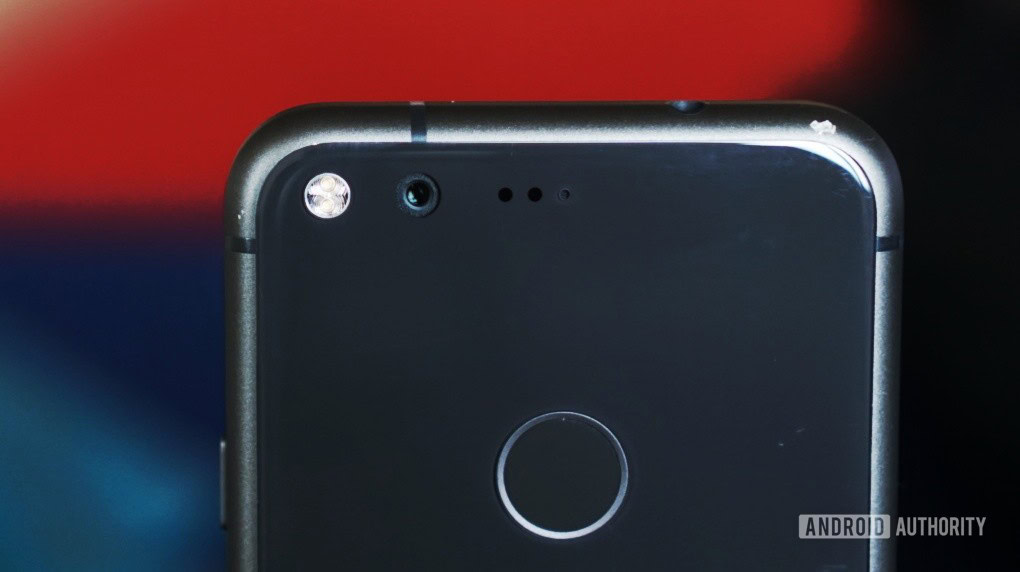
As the first Android phone officially from Google, the Pixel had a lot to live up to. Unfortunately, the design of the phone did little to make it stand out, rather derivative as it was. You could argue that the software is what sets the Pixel apart thanks to the full integration of Google Assistant; that’s present on any modern smartphone running Android 7 but with the caveat that the screen must be turned on or the device must be plugged in.
Just to be on the safe side though, Google threw in a show-stopping camera, which it claimed was the best camera on a phone ever. And with a DxOMark Mobile score of 89, it had support to back this up. Now whether the average user is likely to notice a big difference versus other cameras is arguable (the S8 also has a great camera and our readers crowned the much more affordable LG G6 the best camera in a blind shootout). But this is a device with a great camera nevertheless and Google clearly made a big deal of that.
Because if it weren’t for the camera and the Google name, what would the Pixel really be? That’s the question to ask about a lot of these big flagships: what differentiates them from each other apart from that ‘one big thing’? Often, it is surprisingly little.
The LG G6: The wide-angle lens
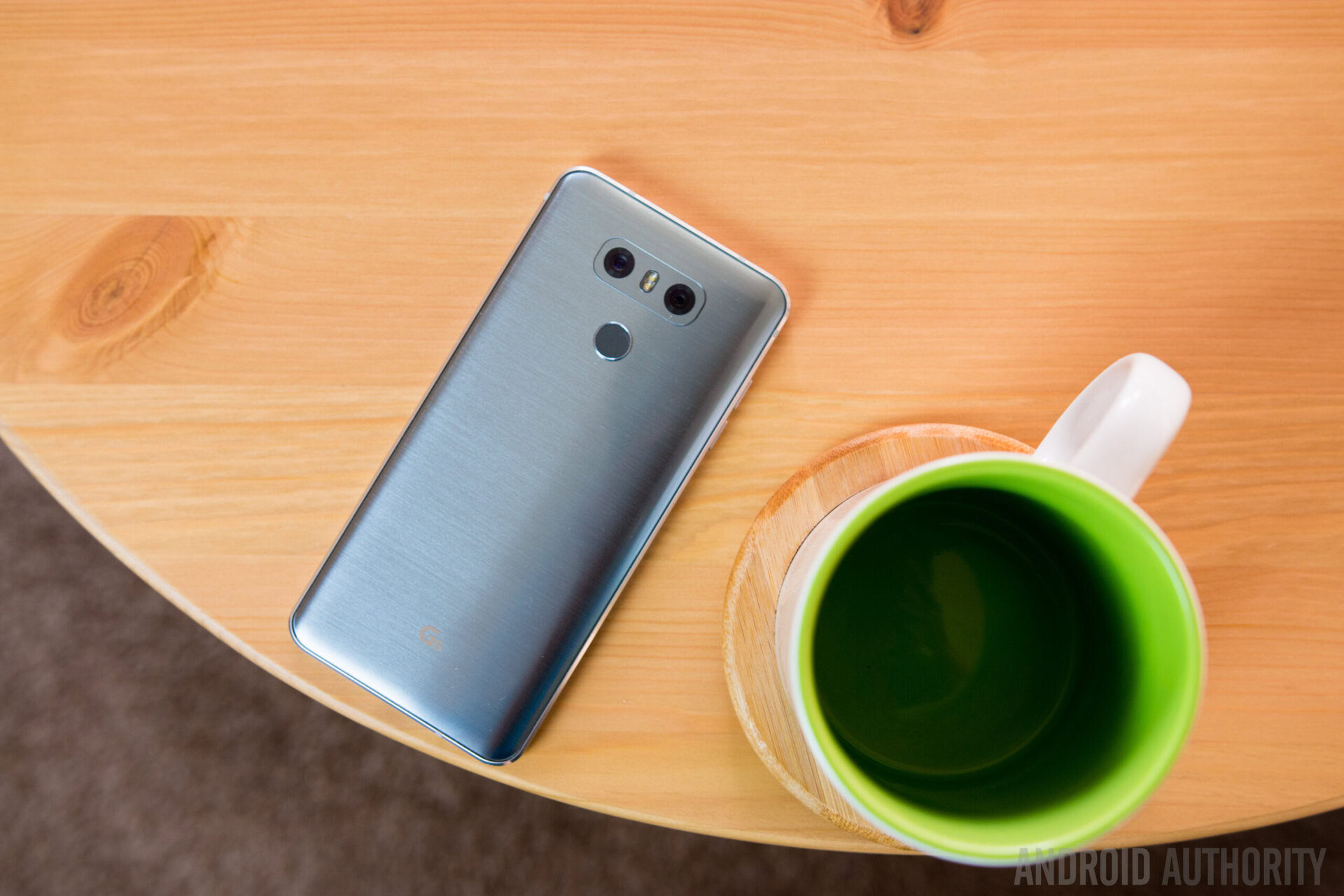
The LG G6 has a somewhat hard time standing out from the crowd among other flagships. However, the most impressive and unique trick it has up its sleeve is the inclusion of a wide-angle lens on a secondary camera. It might not be quite as head turning in the way that a truly bezel-less display is, but it sure does make a case for itself with a lot of great uses. Whether you’re a backpacker who likes snapping panoramas or someone with lots of friends who can’t fit into a narrower photo, it’s something that’s surprisingly handy.
The upcoming LG V30 looks to be going the Samsung route though with a beautiful large screen to add even more wow factor.
Sony Xperia XZ Premium: Sloooow mo
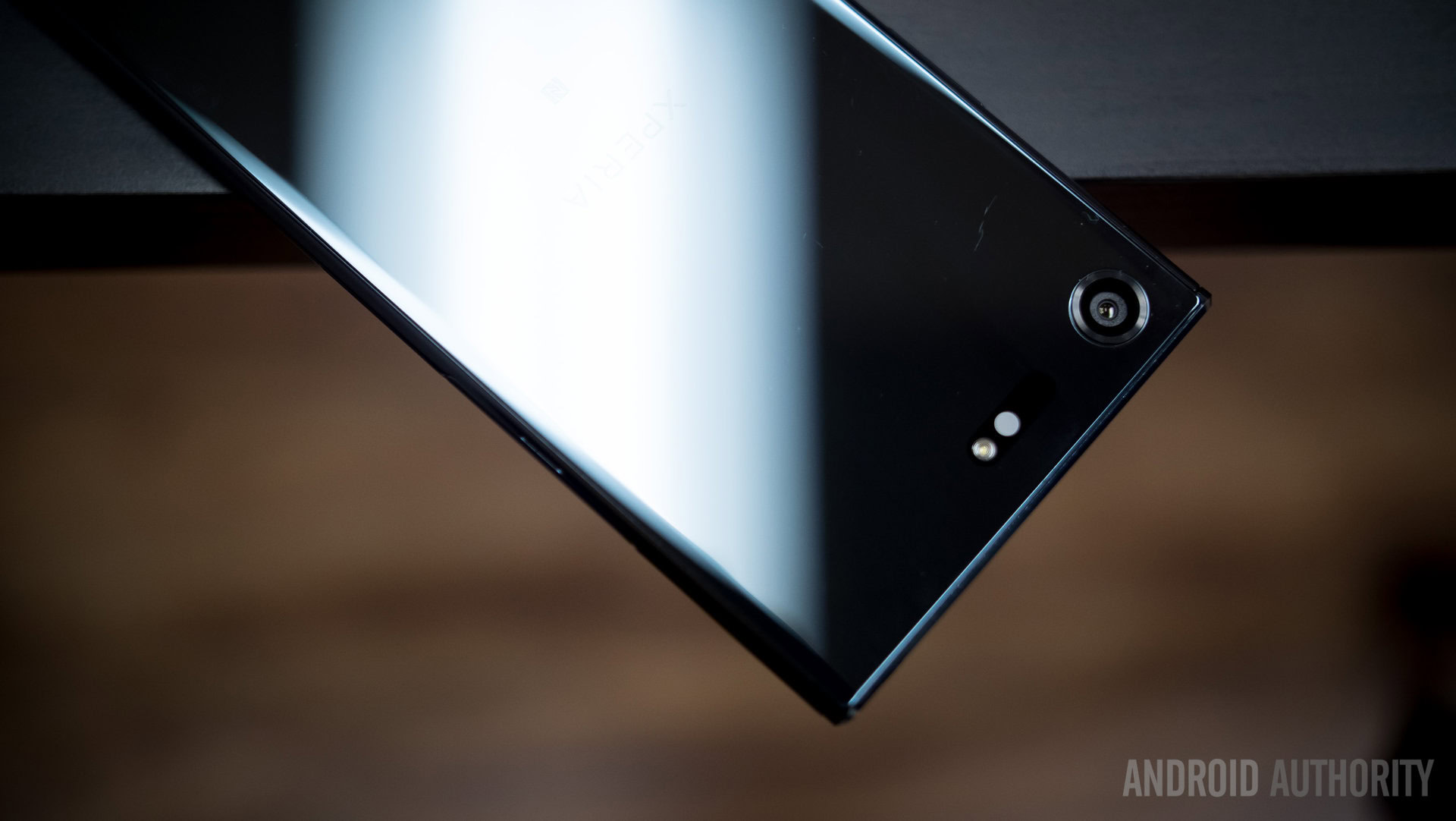
Okay, so I’m running out of ways to say ‘the camera’. But once again, the Sony Xperia XZ is a device that grabs attention thanks to one specific aspect of its camera. And in this case, that aspect is the slow motion video. You can’t see it from the outside but when you see the truly awesome footage captured on the device and learn that an XZ is responsible, well you’re almost certain to have your interest piqued. I know I did!
And it’s a good thing too, because design-wise the Xperia is pretty much a carbon-copy of what’s gone before. Although the 4K screen is still rather exciting, the 960 fps slow motion is the true head turner here.
Moto Z & Z2: Modularity
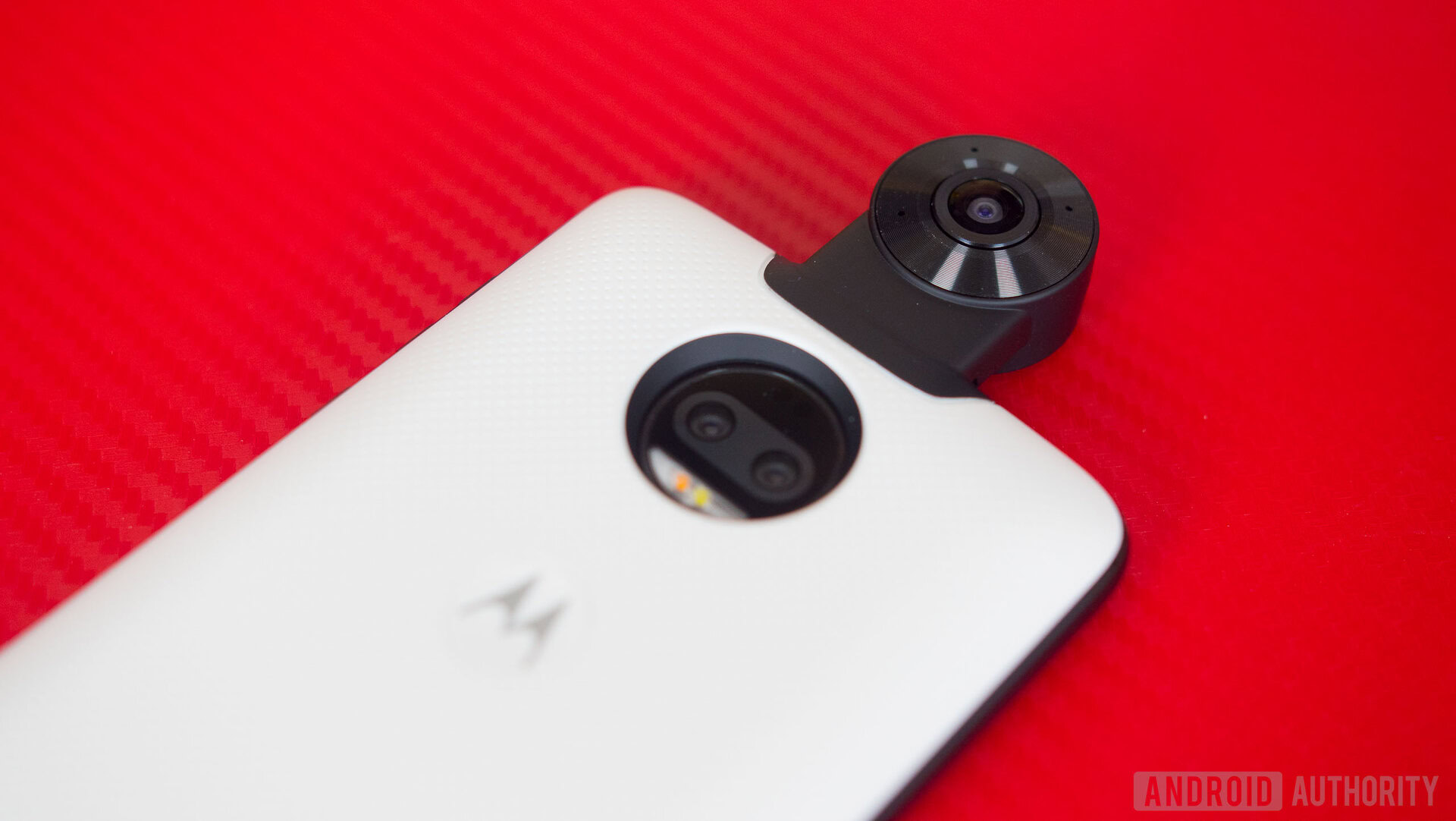
I said ‘modularization’ in my recent video on Instant Apps and I really enjoyed that. So here it is again: modularization.
I could also have mentioned the thinness of the Moto Z and Moto Z2, but I don’t think that’s really the ‘killer feature’ here. Rather, what gets people talking is the modular-done-right nature of the Moto Z range and the MotoMods that accompany them. Sure, the LG G5 managed something similar but that approach never really caught on.
With these devices, Motorola is having significantly more luck with many of the mods being really rather useful (and available). The upcoming gamepad MotoMod looks awesome and effectively turns your smartphone into a Nintendo Switch.
The HTCU11: BoomSound
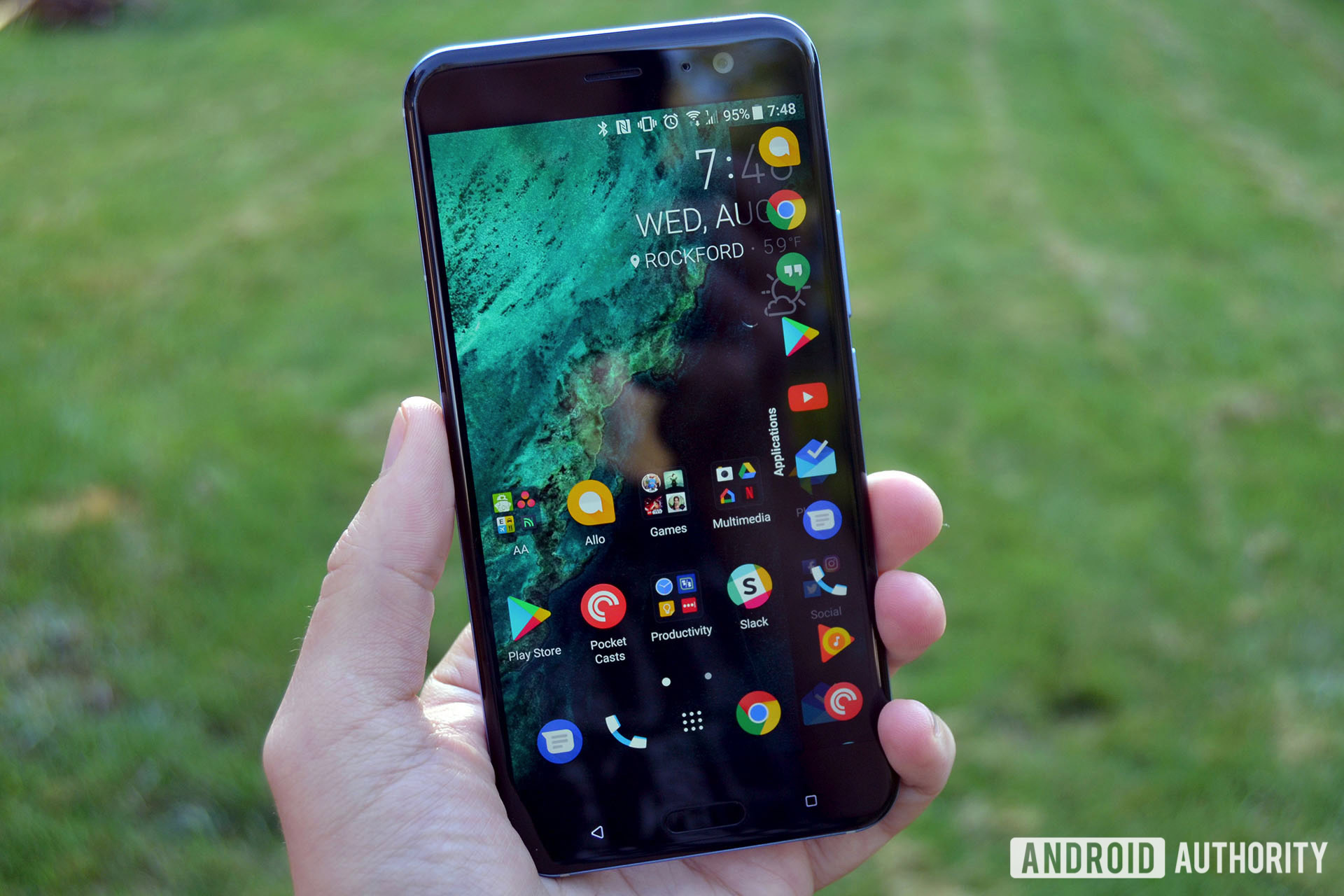
HTC was the first manufacturer to really fly the Android flag with the T-Mobile G1, but it has since been overtaken by numerous innovative competitors. Where the company has always held its own though is in its dedication to quality audio, with dual facing speakers and ‘BoomSound’ which improves on standard smartphone speaker tech by featuring a dedicated amplifier for two speakers (one for bass and a tweeter).
With the U11, HTCups its game over even the HTC 10 by using the entire phone body as a resonation chamber. HTChas cemented its position as the smartphone brand for music lovers, which theoretically represents a fairly sizeable chunk of the smartphone market. (The LG G6 does encroach on that slightly though in markets where it’s quad DAC is available)
HTC has cemented its position as the smartphone brand for music lovers
Of course, the HTCU11 also gave us Edge Sense. But I would call that a gimmick more than a killer feature. It’s like force touch! But sideways! This is still an advantage of a phone trying to stand out with neat trickery though.
The Galaxy Note Line: S-Pen
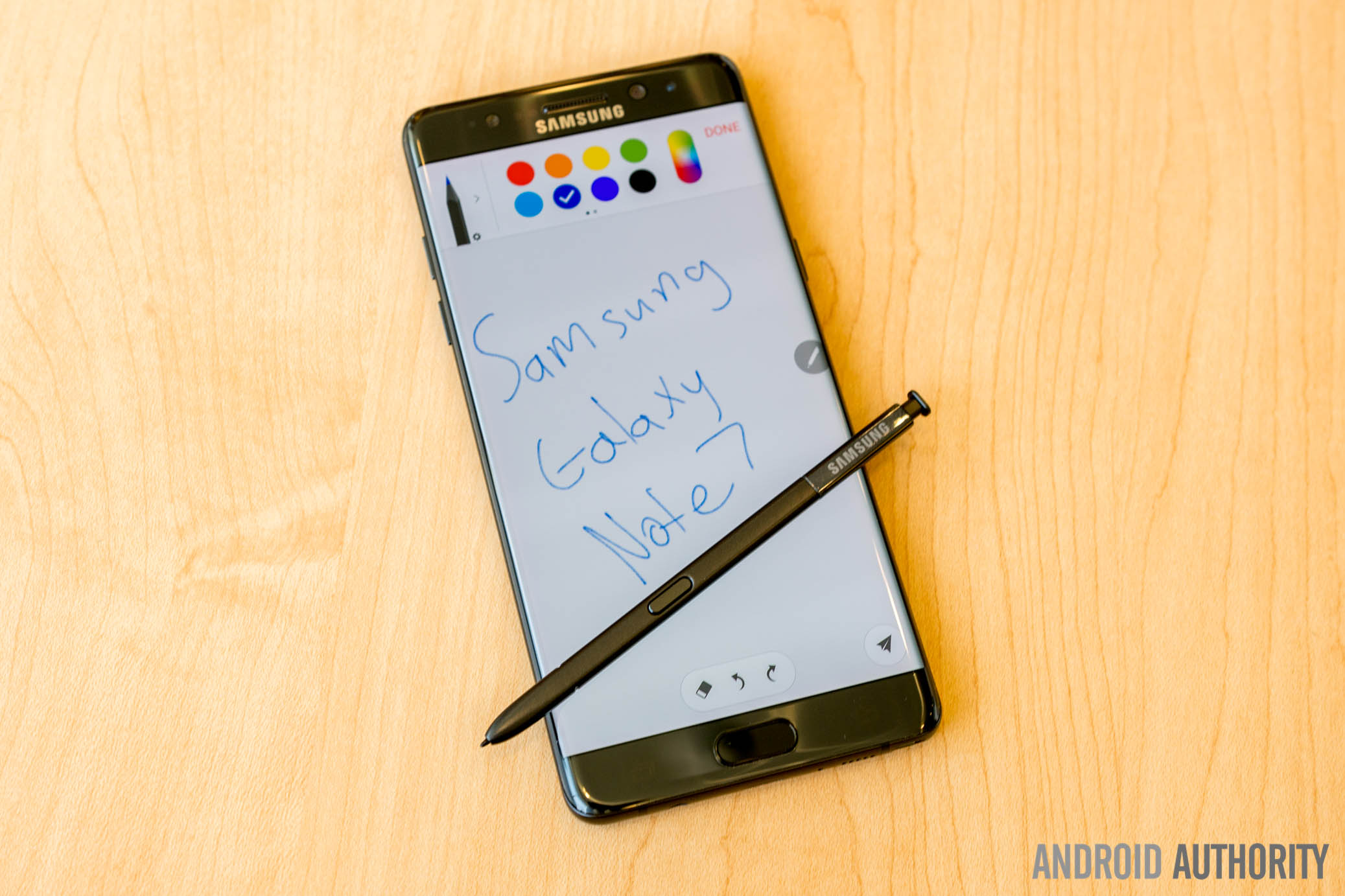
There was a time when the Galaxy Note line stood out for a whole host of reasons. It was one of the first phablets (never forget the Dell Streak!) and it originally had some of the highest specs on the market. But then phones got bigger and Samsung started stuffing the same (or very similar) internals into its other Galaxy devices.
However, the S-Pen remains unique to the Note series, which in turn still ensures that the phones appeal primarily to people who want to look important while taking hand-written notes. It’s interesting that this seemingly popular feature hasn’t come to other devices but presumably, that’s good news for Samsung.
Blackberry: Keyboard
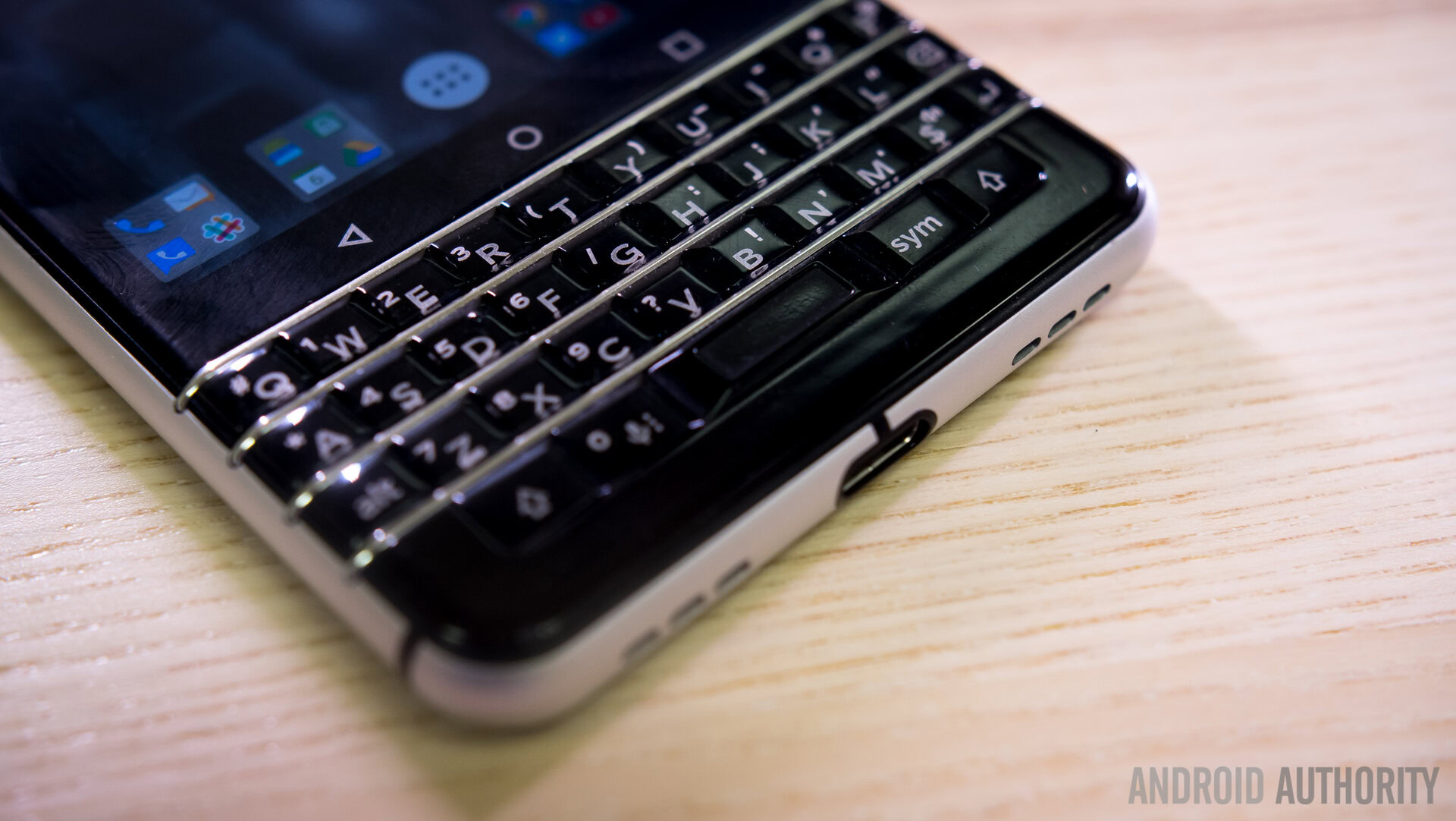
Now that Blackberries run Android, they have to work harder to be unique. Like the Note devices though, they do this by steadfastly relying on a feature that has always worked for them: a physical keyboard.
Keyboards certainly make devices stand out these days, which is one of the reasons that Josh chose the KeyOne as his daily driver. It also works well for people who don’t like software keyboards and lends the phones a more executive feel. For those reasons, there will probably always be an audience for BlackBerries, as long as no one comes along and makes a better keyboard.
The OnePlus 5: Dash Charge
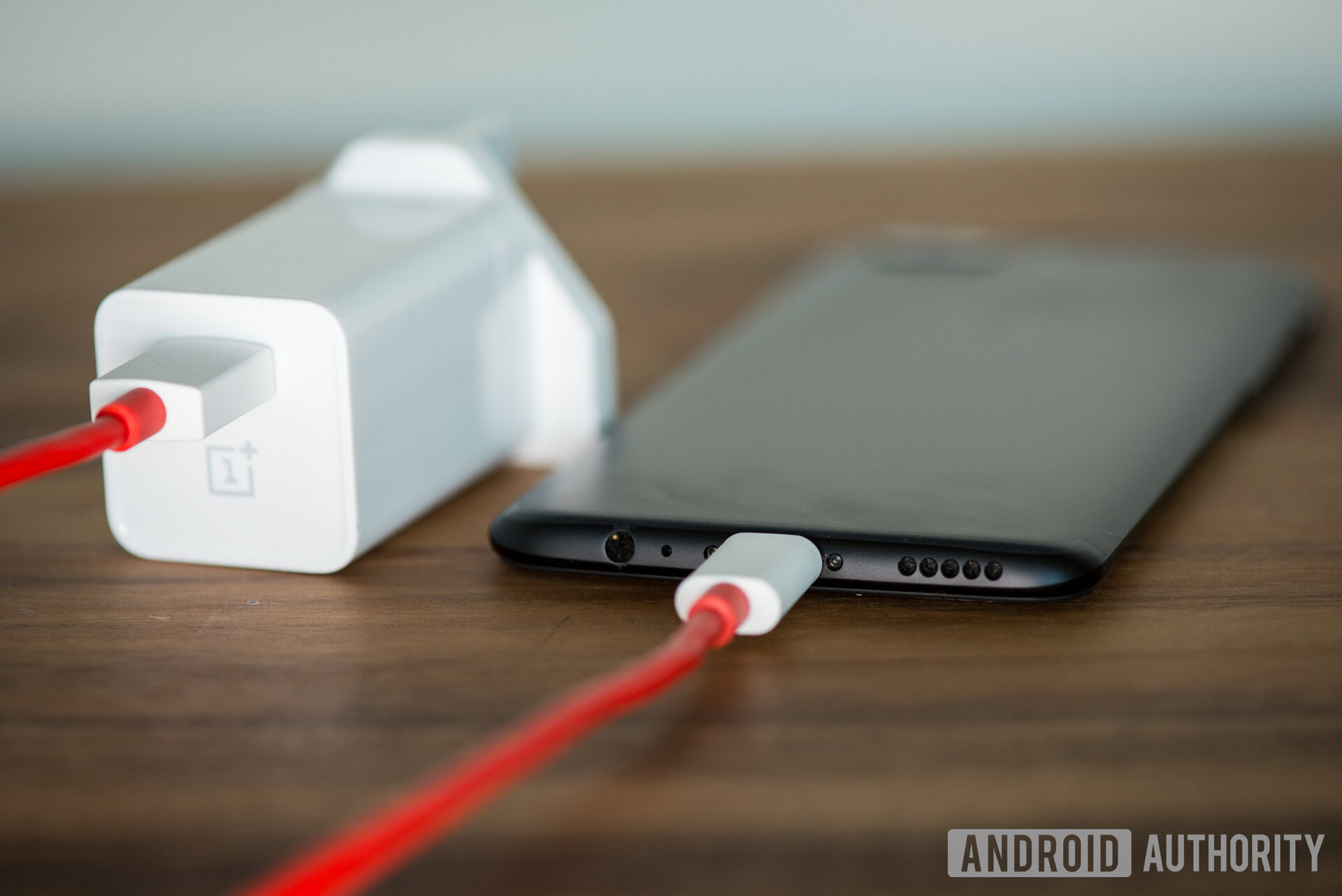
There’s quick charge and then there’s quick charge. Thanks to ‘Dash Charge’, the OnePlus 5 falls into the latter category (which is the preference, in case that wasn’t clear).
So, the OnePlus 5 claims it can offer you a day’s charge in 30 minutes, that it does so while you play games or engage in other demanding tasks, and that it even stays cooler while doing so. This is a feature that doesn’t scream ‘the future’ at you, but is arguably more useful and practical than many of the over-the-top gimmicks we see on other modern devices.
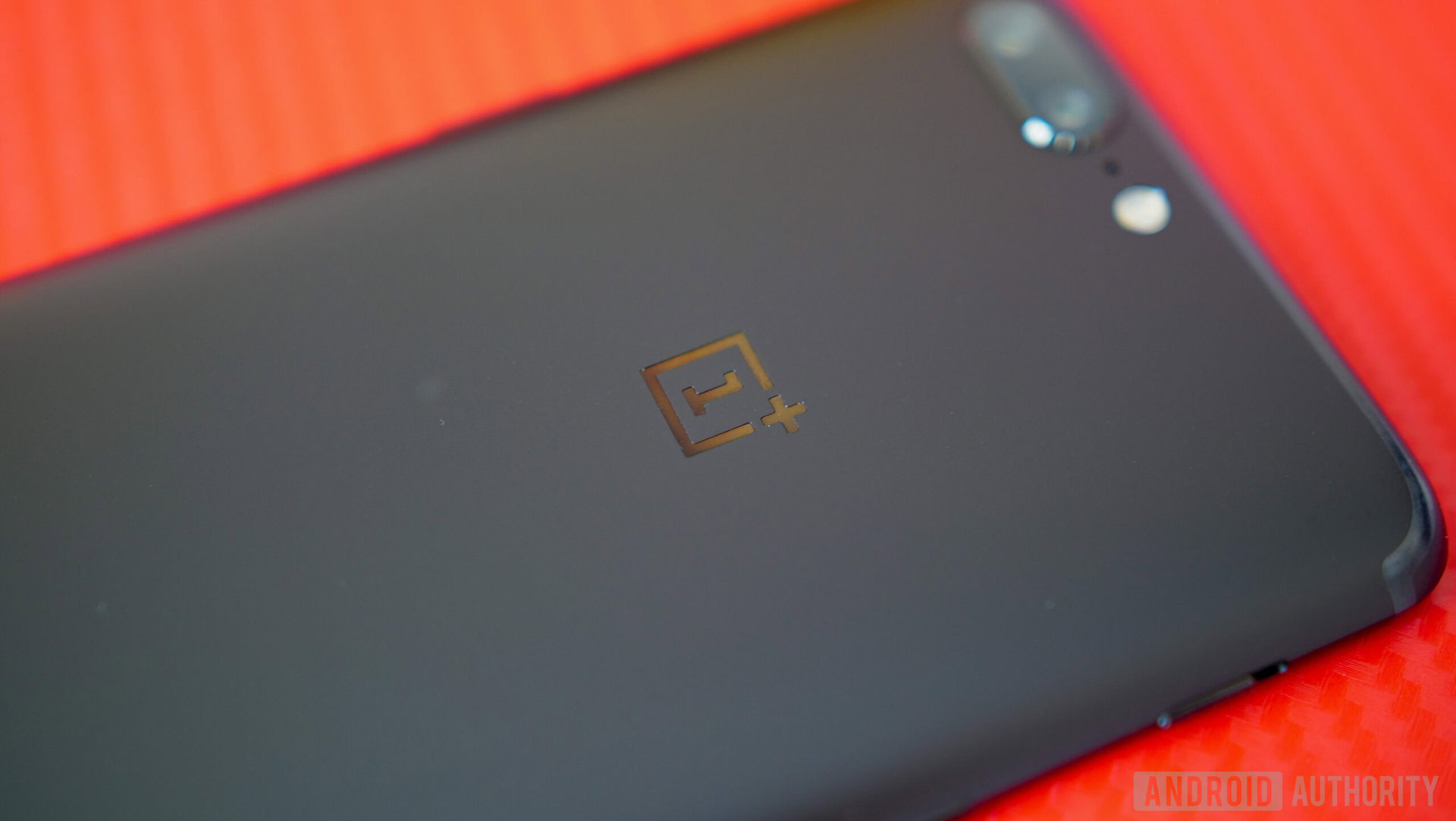
Verdict
So, does a single killer feature, more often than not, sell a phone?
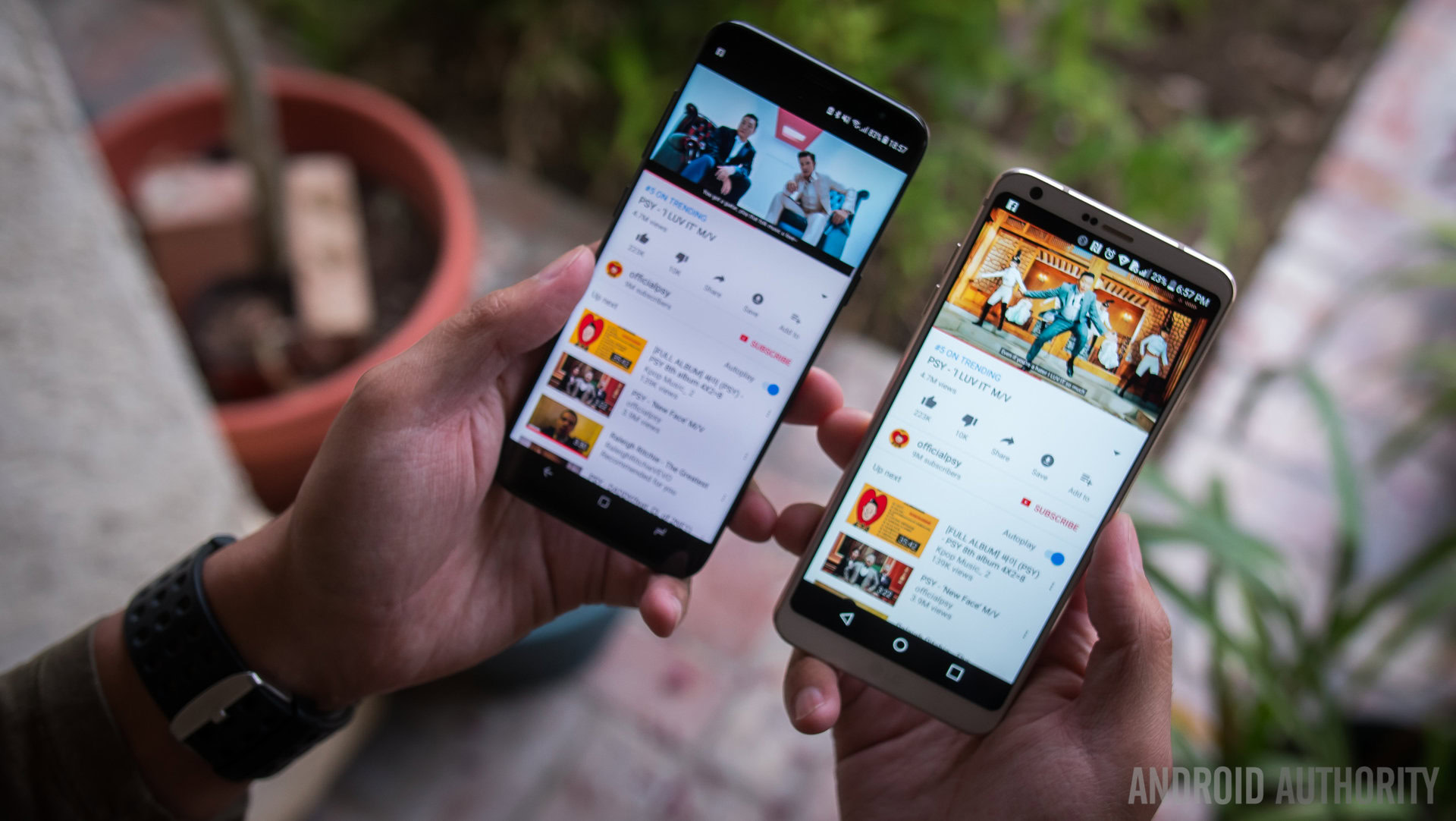
It’s tricky to say for sure and of course everyone is different – some of us go straight for the killer feature, while others look more at the overall package. Obviously, there are lots of factors that will influence our decisions when it comes to choosing our daily drivers, such as price, availability and brand loyalty. My wife buys Samsung devices because she has always bought Samsung devices. Likewise, there will always be people with their own particular reasons for buying particular smartphones, like buying Sony devices so you can stream your PS4 games, for example.
Obviously, there are lots of factors that will influence our decisions when it comes to choosing our daily drivers
But for a flagship to really feel like a flagship, it probably needs that killer feature. To be exciting, to feel premium and to continue to push the envelope, it needs something that it does better than anyone else (not to mention better than the device that directly preceded it). This gives us the opportunity to show our new tricks off in the pub, and it allows us to say something about who we are by using that device. If you own a HTC, you might want to communicate that you love music. I own a Galaxy S8 because I like working on my phone and I need a larger screen (and we haven’t had a new Note here in the UK for a long time).
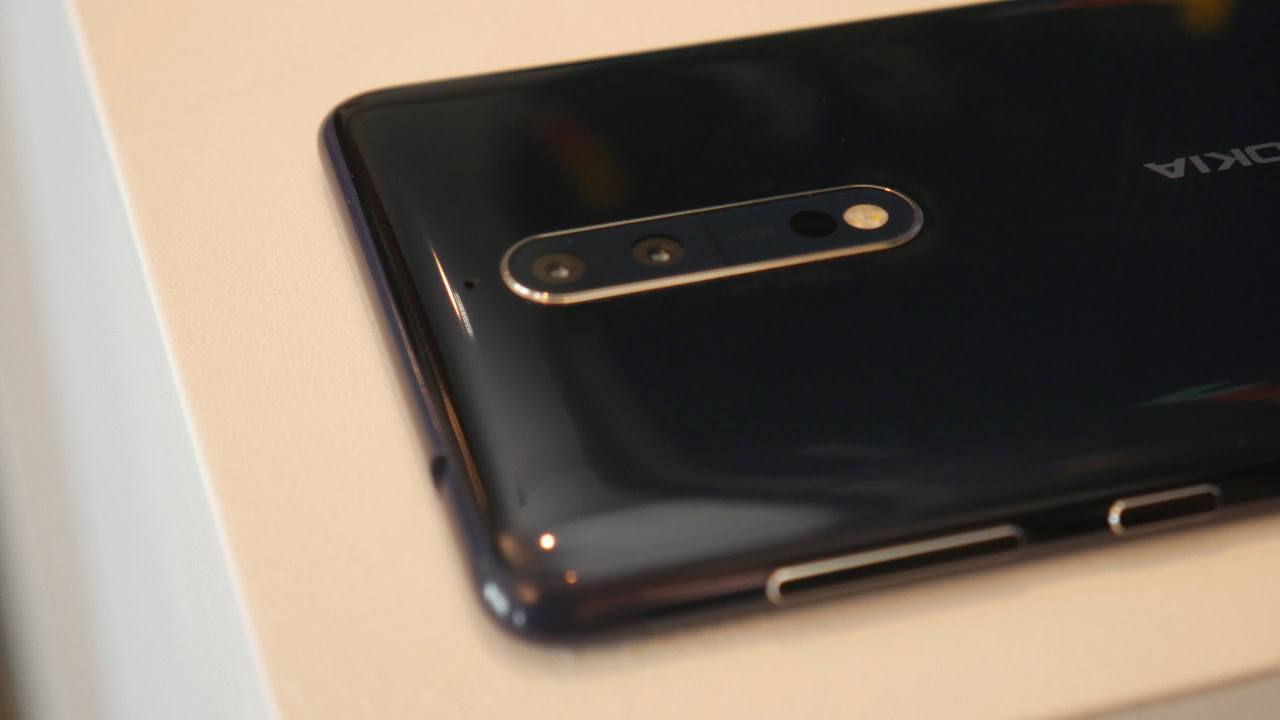
I just covered the Nokia 8 unveiling and the comments on that video all point out how it’s ‘boring’. The main ‘feature’ is a front-facing 13MP camera (which the Sony XZ Premium also has) and a ‘bothie mode’ which any phone can do with the right app. It’s a great phone, but without that killer app, it might struggle to find its market. Hopefully the Nokia brand will do the trick and earn it a free pass this time.
A smartphone needs to be a jack of all trades with good all-round specs to be considered a true flagship and to appeal to the masses. But it needs that extra ‘hook’ to really wow and to stand a chance of getting noticed and to find its own unique audience.
An argument for more specialization
You probably thought that was the end, but on a side-note I’d like to argue the case for seeing even more specialization like this from devices. We could get even more impressive devices if manufacturers weren’t so afraid to make trade-offs for instance. I’d happily have a thicker phone for example if it meant I could get more battery life. And perhaps someone who really is all about the music would make do with a slower processor, if it meant more budget would go towards over-the-top speakers and amp? We’ve already made a case for Nextbit under Razer to make a new gamer-centric phone – even if ultimately it’d be unlikely to work out if it did.
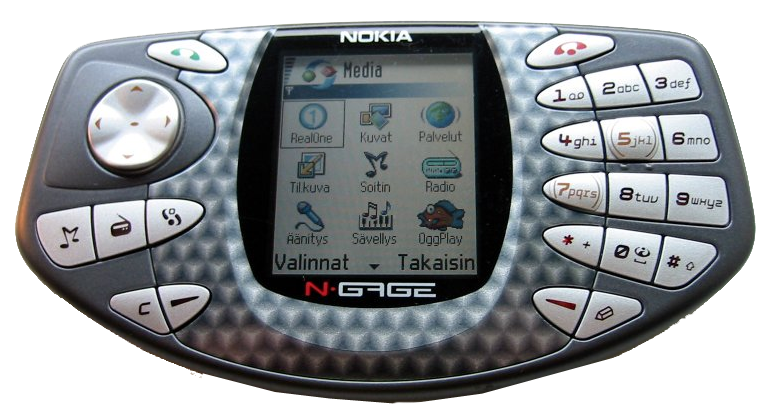
But then you’d have to choose and as it is, most of us don’t like being made to pick one flagship feature over another. The best advantage of this ‘jack of all trades’ approach, is that the most popular features we see in new flagships will often end up being assimilated into the mainstream.
This is why the Essential Phone and the iPhone 8 are already poised to give us infinity-type displays
Which is good really because it means that the next generation of hardware might offer us 30-minute charging, infinity displays and slow motion cameras as standard. We’ll be able to have our cake and eat it too. It’s why the Essential Phone and the iPhone 8 are already poised to give us infinity-type displays.
The amazing becomes commonplace, and then people like me argue that ‘phones are boring’ and that we can’t ‘express ourselves’. Man, we are hard to please!